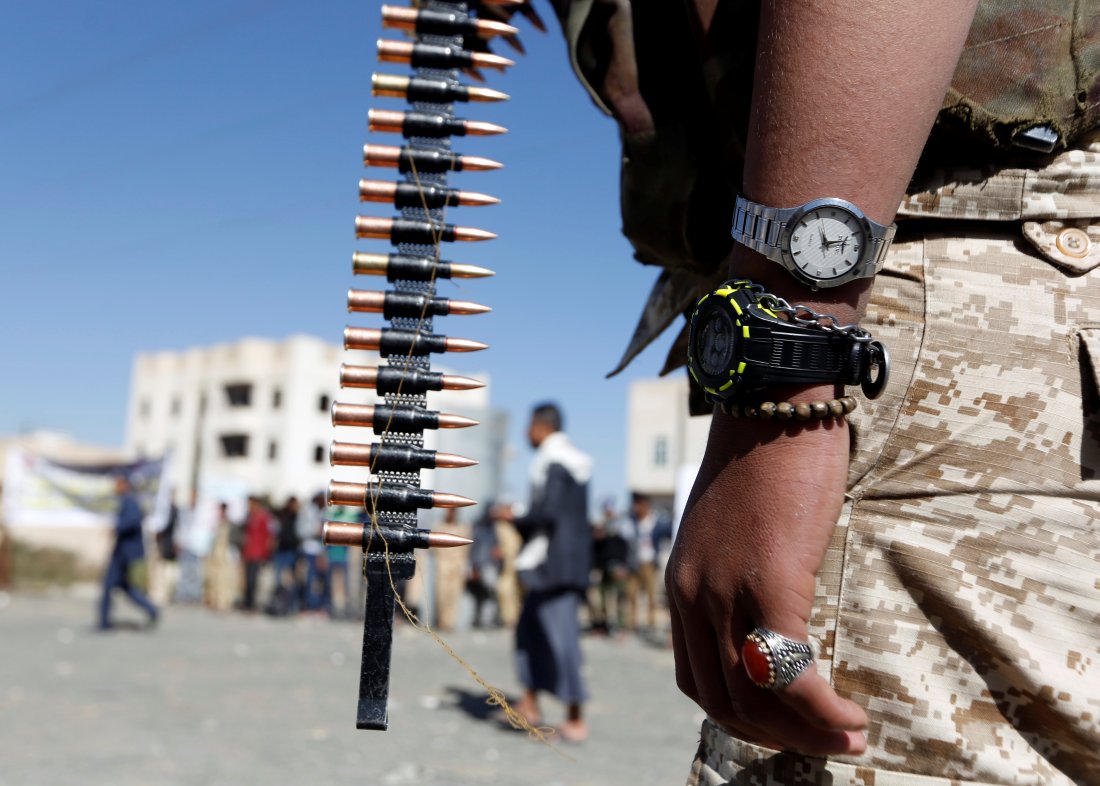by T. V. Paul
In recent years, India has developed multiple strategies to deal with China’s rise and threatening postures on both its land border and in the Indian Ocean. They include limited balancing based on asymmetrical arms buildups and informal coalitions with like-minded states and regular diplomatic engagement with Beijing both bilaterally and through multilateral forums. But the most significant non-traditional soft balancing efforts have been in building limited strategic partnerships with the United States and Japan as well as participation in ASEAN Forums, along with other regional groupings such as the Shanghai Cooperation Organization (SCO). The strategy is also based on institutional denial by not agreeing to China’s membership in the South Asian Association for Regional Cooperation and, most prominently, refusing to join the Belt and Road Initiative (BRI). There have been some efforts at creating counter economic cooperation initiatives with regional states as alternatives to BRI. The Africa Growth Corridor with Japan was planned in 2017 as a limited alternative to BRI, although it is yet to take full shape.










